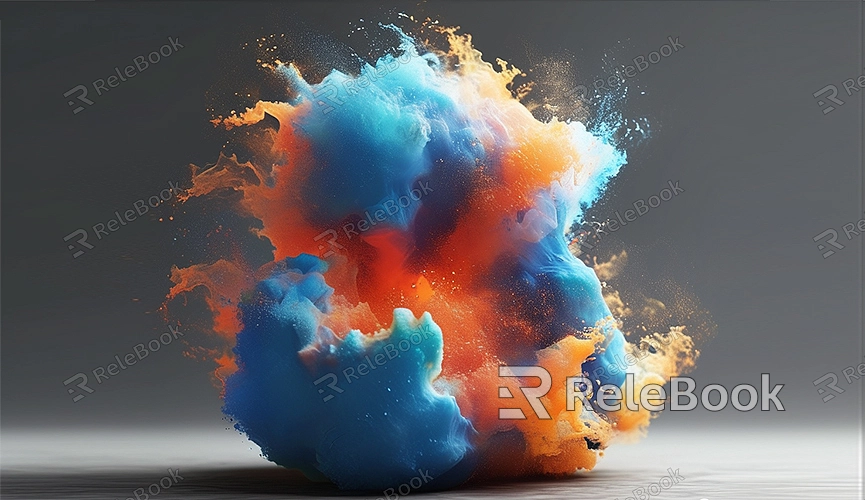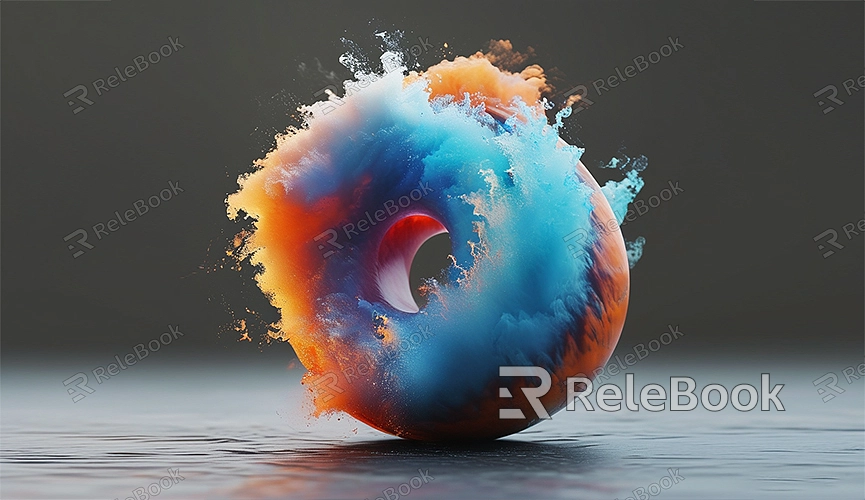How to explode sketchup model
During the 3D modeling process, many designers and users find it necessary to perform an "explode" operation on their models. This process not only helps showcase the internal structure of the model but also makes it easier to edit and adjust later on. As a popular modeling software, SketchUp offers simple and user-friendly tools to achieve this functionality. This article will explore how to effectively explode a model in SketchUp, including the relevant steps, tips, and considerations to enhance your workflow.

What is an Exploded Model?
An exploded model is an operation that separates a composite object into its individual components. This approach allows the various elements of the model to be displayed independently, making the construction and function of the design clearer. Particularly in architectural, interior, and product design, exploded models help designers intuitively convey their design intent.
Why Do You Need to Explode a Model?
Exploding a model provides better visual clarity when presenting designs, helping clients and viewers understand complex structures. By decomposing the model, designers can clearly indicate the function and position of each component, thereby improving communication efficiency. Furthermore, exploding a model offers designers more editing space. For instance, when designing a building, the explode operation clarifies the layout of each room, facilitating subsequent adjustments and optimizations.
How to Perform an Explode Operation in SketchUp

In SketchUp, the steps to perform an explode operation are relatively straightforward. First, ensure that the selected model is a “group” or “component.” Then, follow these steps to explode it:
1. Select the Model: Use the Select tool to click on the model you wish to explode.
2. Right-Click Menu: After selecting the model, right-click to bring up the context menu.
3. Choose “Explode”: Find and select the “Explode” option from the menu. The model will then be separated into its individual parts.
4. Adjust Position: If necessary, you can manually move each component to visually separate them.
If you only want to explode specific parts, you can enter the group, hold down the Shift key to select the elements you want to explode, and then right-click to explode them.
Editing the Exploded Model
Once you have exploded the model, you can edit each component independently. This includes operations such as moving, rotating, and scaling. It’s important to maintain the overall structure's logic and aesthetics while editing. For example, if you move the position of a room in a building model, ensure that the other parts remain coordinated.
Additionally, the exploded model allows for easier material and color adjustments. You can apply different materials to each independent part, enhancing the model's depth and visual appeal. This makes it easier for viewers to understand the function and design concepts of each component during presentations.
Using Plugins to Enhance Explode Effects
If you want more functionality while exploding models, consider using SketchUp plugins. Many plugins can provide more complex explode effects, such as the “Solid Tools” plugin, which allows you to choose specific cutting methods during the explosion, or the “Animation” plugin, which can present the explosion as an animation. This dynamic display method is highly effective during design presentations, capturing the audience’s attention.
Using Exploded Models in Presentations
After exploding the model, you can utilize the Scenes feature to save different views. This means you can progressively showcase the overall structure of the model and then switch to the exploded view, allowing the audience to see each component clearly. For instance, you might first display a complete view of a building and then switch to the exploded model to explain the design intent of each room and functional area.
Moreover, during your presentation, you can use the Hide function to conceal unnecessary parts, emphasizing the key aspects of your display. This approach helps keep the audience focused on the information you want to convey, enhancing communication effectiveness.
Accessing High-Quality 3D Resources
While creating models and virtual scenes, many designers require high-quality 3D textures and HDRI. If you have such needs, you can download a wealth of resources for free from [Relebook Textures](https://textures.relebook.com/). Additionally, for exquisite 3D models, visit [Relebook Models](https://3dmodels.relebook.com/), where you’ll find a vast array of quality 3D resources. These high-quality assets will greatly enhance your design work, making your models more vibrant and realistic.
Important Considerations
When performing the explode operation, keep a few key points in mind. First, ensure that there are no unsaved changes to your model to prevent data loss after exploding. Second, when selecting the range of the exploded model, try to avoid choosing too many unrelated parts, as this can create confusion. Finally, ensure that the exploded model is reasonably named and categorized for easier editing and management later on.
Exploding models in SketchUp is a highly practical feature that helps designers better showcase design intent and structural details. With simple steps, you can break down composite models into independent parts for more detailed adjustments and optimizations. I hope this guide helps you master the exploding model technique in SketchUp, enhancing your design efficiency and outcomes.

